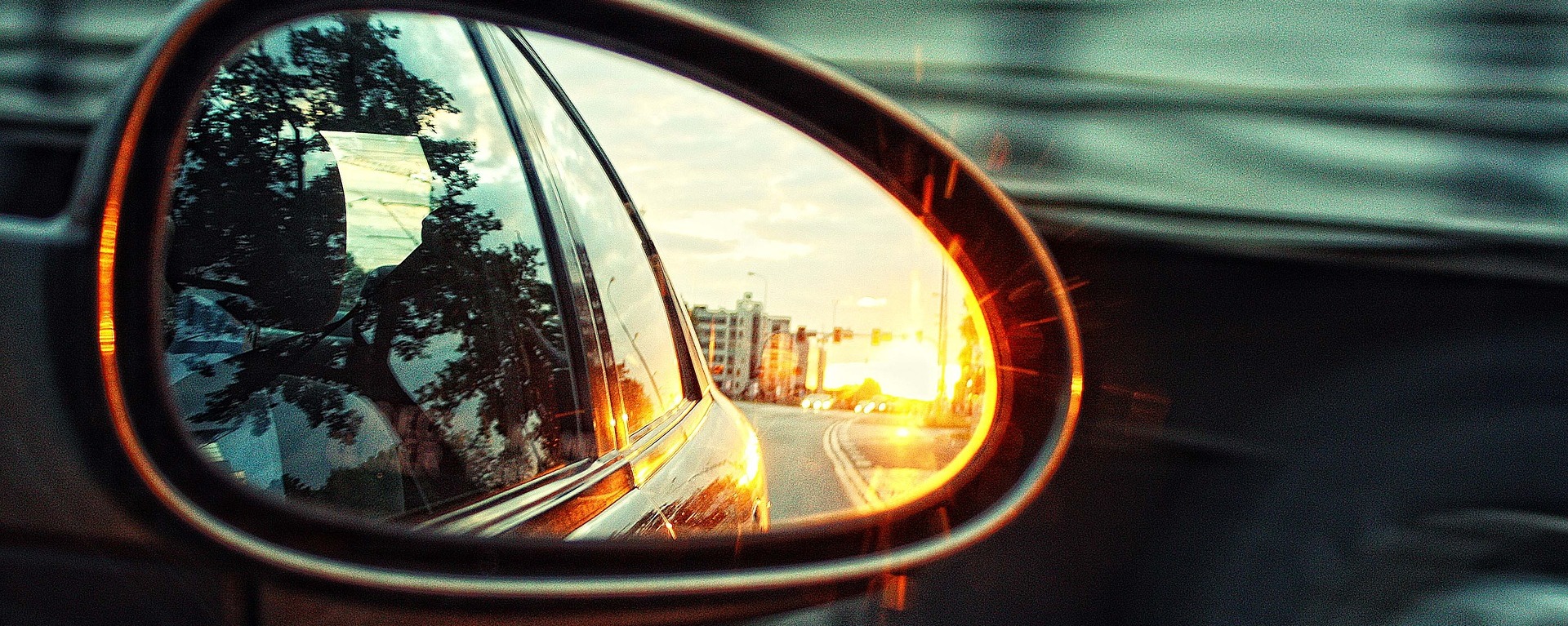Using Your Mirrors - Learning to Drive
Posted on 14th February 2024 at 09:44
Mirrors are a driver's eyes on the world behind and to the sides of their vehicle. They are an essential tool for defensive driving, providing critical information that helps in making safe driving decisions. Understanding the function and proper use of different types of mirrors is a fundamental aspect of learning to drive.
Using your Mirrors:
Function of Mirrors:
Mirrors are primarily used for observation—to see what's happening behind and around the car. They help in assessing the distance, speed, and intentions of other road users, playing a crucial role in defensive driving by allowing the driver to anticipate and react to the actions of others.
Defensive Driving:
Defensive driving involves being aware of potential hazards before they become a problem. Mirrors are vital for this proactive approach, enabling drivers to monitor their surroundings and adjust their actions accordingly to prevent accidents.
Steering Lock:
When the wheels are fully turned to their maximum in either direction, this is referred to as full lock. It's crucial for executing sharp turns but should be used judiciously to avoid strain on the steering system.
Types of Mirrors:
Flat Mirrors:
The interior rearview mirror is usually flat, offering a true representation of the distance and speed of vehicles behind you.
Convex Mirrors:
Exterior side mirrors are often convex, providing a wider field of view. However, they can make objects appear smaller and further away than they actually are.
Extended Arm Mirrors:
Some vehicles, especially larger ones, may be equipped with extended arm mirrors to reduce blind spots by offering a broader view of the side and rear.
Adjusting Mirrors:
Interior Mirror:
Adjust the interior mirror to get the fullest possible view through the rear window without having to move your head.
Exterior Mirror:
Adjust exterior mirrors so you can see a small portion of your car’s side, which helps gauge the distance of other objects relative to your vehicle.
Electric Mirrors:
Many modern vehicles feature electric mirror adjustment, allowing for precise control without stretching or leaning.
Anti-dazzle Mirrors:
At night, use the anti-dazzle feature on the interior mirror to avoid being blinded by headlights from traffic behind you.
Using Mirrors:
Which Mirror to Use:
Generally, start with the interior mirror, as it provides a direct view behind you, then check the relevant exterior mirror depending on the direction of the manoeuvre.
When to Use Your Mirrors:
Before signalling, changing speed, direction, turning at junctions, approaching and leaving roundabouts, and before any manoeuvre.
Blind spots:
Mirrors can't cover all areas around your vehicle; these are known as blind spots. Over-the-shoulder checks are necessary to cover these areas, especially before changing lanes.
The Mirrors and Hazards:
What is a Hazard?
A hazard is anything that could potentially require you to change speed or direction.
Examples of Hazards:
Junctions, roundabouts, other roads users, pedestrian crossings, and roadworks.
MSPSL Routine:
What is MSPSL?
Mirror, Signal, Position, Speed, Look—this routine is the backbone of safe driving, ensuring all actions are well-considered and safe.
Using MSPSL:
Implementing MSPSL in driving practice ensures comprehensive observation and decision-making before executing any manoeuvre.
Mirrors FAQ's
How do you remember mirrors when driving?
Incorporate mirror checks into your driving routine, making it a habit to look before any action.
When should you use your mirrors when driving?
Before any change in direction or speed, including signalling, turning, and manoeuvring.
How many times should I check my mirrors when driving?
Regularly, depending on road conditions, but always before any manoeuvre.
Can you fail a driving test for not looking in mirrors enough?
Yes, failing to use mirrors correctly can result in faults, potentially leading to a test fail.
What mirrors should you check at a junction?
Check the interior mirror and the exterior mirrors, focusing on the direction you're turning.
Take a watch of this short video to find out more
What mirrors should you check on a roundabout?
The interior and appropriate exterior mirrors, depending on your exit.
Do you check mirrors before signalling?
Yes, always check your mirrors before signalling to inform others of your intended actions.
By mastering the use of mirrors and incorporating them into the MSPSL routine, drivers enhance their situational awareness, contributing to safer roads for everyone.
For more help and support, join our online theory test course today to get ready for success.




Share this post:




